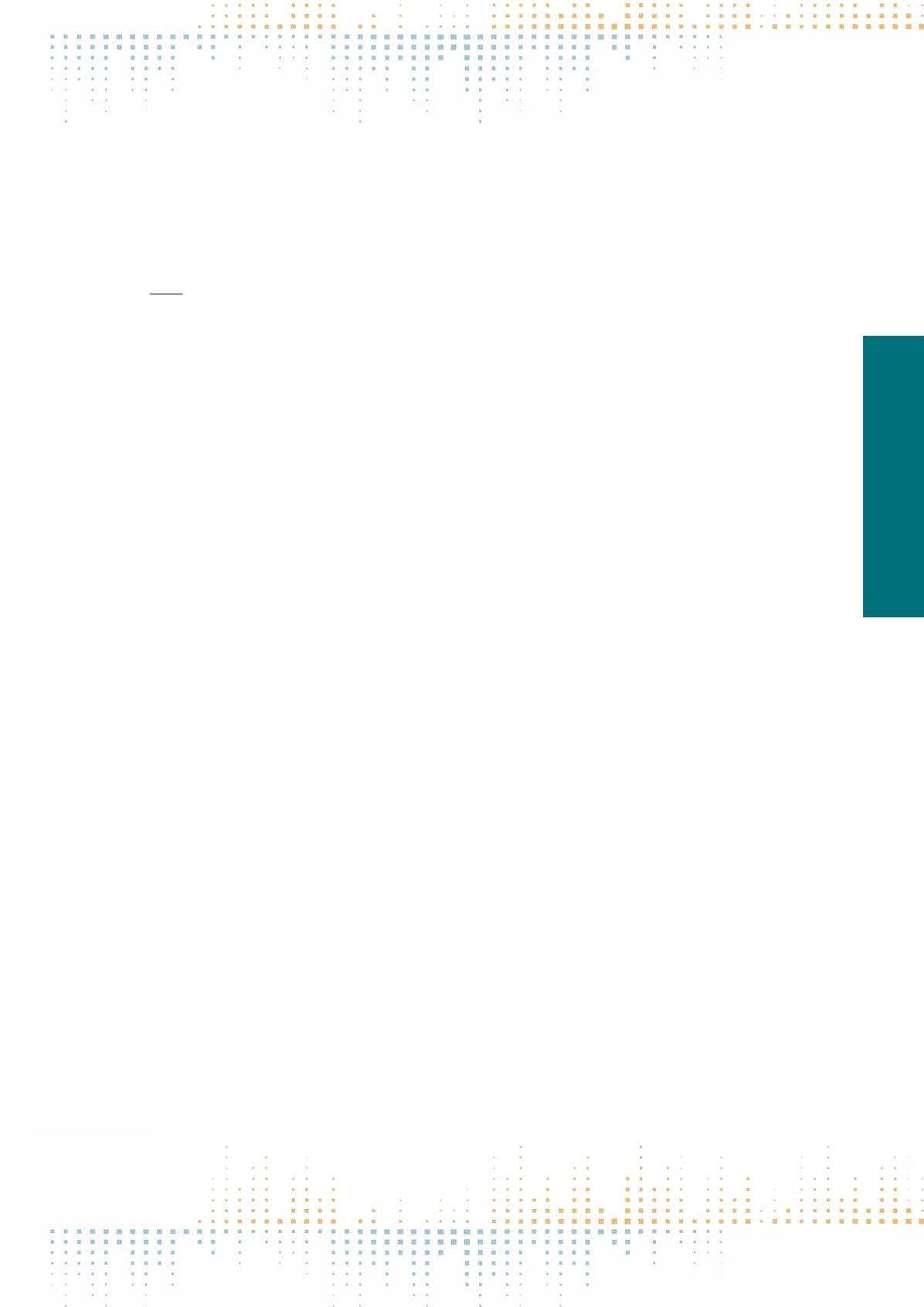

25
Friday, November 11
0 9 : 0 0 – 1 0 : 3 0
qualitative interviews); we used diaries with different degrees of standardization and free space for reflection respectively. Media diaries varied also in
regards of whether they were used with or without an experimental intervention in the everyday setting.We thereby present diaries as a method to fashion
studies that are a) non-media centric, b) aim for understanding the refusal of media usage and non-use of certain technologies and we showcase c) the use
of media diaries in an inter- and transgenerational perspective. Drawing from our empirical experiences with the method, we demonstrate that media
diaries are beneficial for research purposes that explicitly aim beyond ideas of researching isolated (specific) media or understanding the audience but have
a focus on people’s real lives and the everyday embeddedness of their communicative practices.
PN 162
Exercising and Experiencing Freedom of Information: Media Diaries in the Exploration of Public Connection
H. Moe
1
, B. Ytre-Arne
1
1
University of Bergen, Information Science and Media Studies, Bergen, Norway
This paper discusses the relevance of employing media diaries in exploration of how individuals exercise and experience their freedom of information.
The discussion is grounded in the project“Media Use, Culture and Public Connection: Freedom of Information in‘The age of big data’”(MeCIn), carried out in
Norway.This project combines quantitative and qualitative methods in a comprehensive investigation of how citizens of different socio-cultural background
use and experience different media texts and cultural expressions across technological platforms. In order to explore and understand this phenomenon, and
connect it to important democratic ideals, media diaries are employed as a central methodological tool.The paper will discuss opportunities and challenges
of diary methods in this particular context. Freedom of information refers to the right to have access to a variety political ideas and cultural experiences,
and is as crucial to democracy as freedom of speech. In Norway, as in many European countries, media and cultural policy is developed from the constitu‑
tionally mandated premise that the state should facilitate an open and enlightened public debate. In order to evaluate policy in these areas, it is important
to have knowledge of how citizens use their freedom of information– but this is also increasingly difficult to obtain in a complex media landscape. In their
well-known study of public connection in the UK, Couldry et al (2007) note the diverse forms this phenomenon could take, spanning across social space
and invoking mediated and non-mediated channels. Since their study was conducted, the rapid uptake of new media technologies has further highlighted
questions of diversity and fragmentation. The convergence and integration of digital technologies poses challenges as well as opportunities for mapping
media use, while it is increasingly important to go beyond mapping and also analyse how people discern and evaluate information, experience media and
culture in the context of their lives, and reflect upon their own public connection. Diaries, also used by Couldry et al., emerge as particularly relevant for
several reasons, but would also need development in order to meet current challenges.This paper will further discuss challenges and opportunities of media
diaries in analysis of three dimensions concerning public connection: 1) cross-media use, including the different uses of media and cultural expressions
across platforms, 2) opportunities for combining online media use tracking tools in combination with diaries, and its accompanying ethical challenges,
and, 3) people’s subjective experiences and reflections upon the relevance and importance of different media and cultural forms. Reference: Couldry, N.,
Livingstone, S., & Markham, T. (2007). Media Consumption and Public Engagement. Beyond the Presumption of Attention. basingstoke and New York:
Palgrave Macmillan.



















